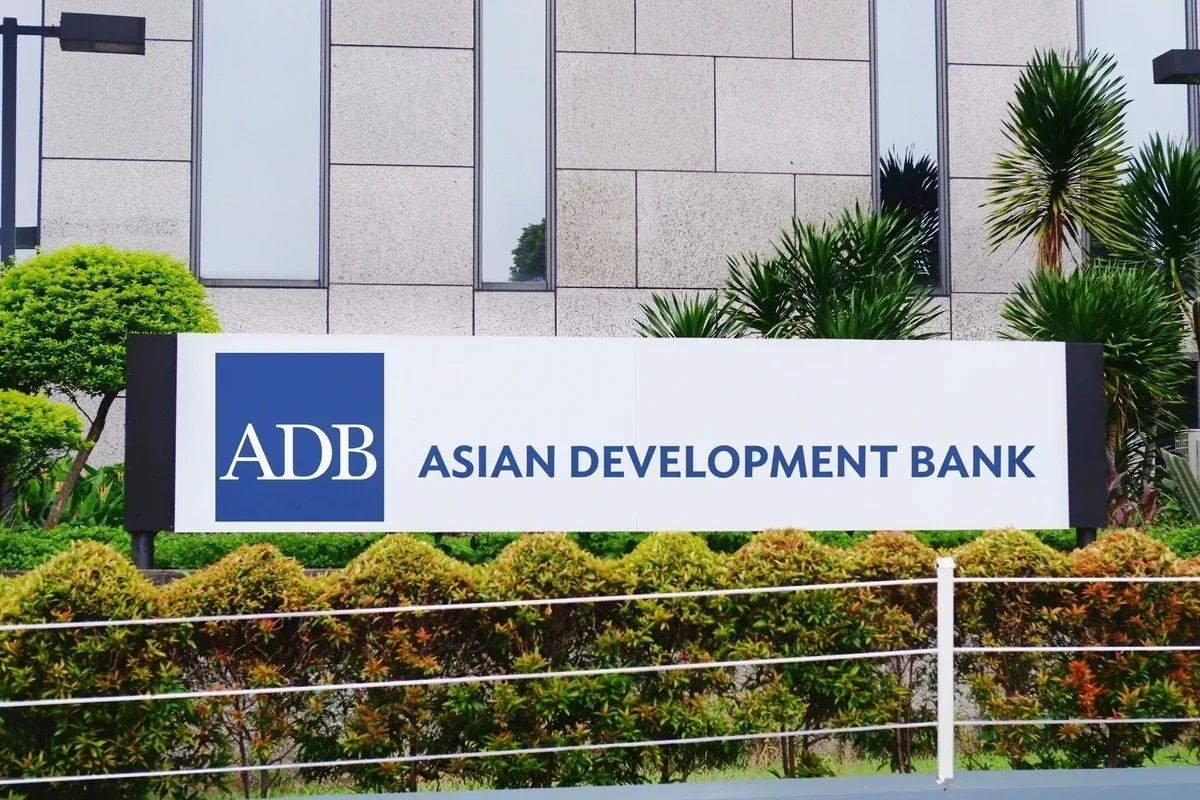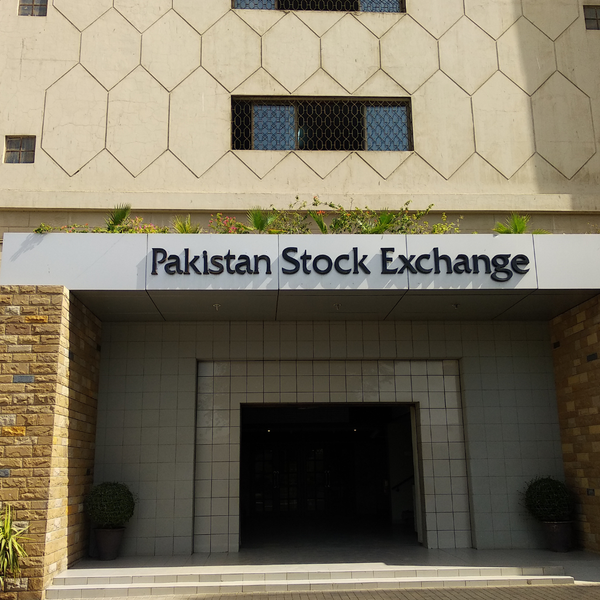ADB cuts growth forecasts for Asia-Pacific amid trade tensions and weak domestic demand
Southeast Asia hit hardest, while Central Asia bucks trend
Business Desk
The Business Desk tracks economic trends, market movements, and business developments, offering analysis of both local and global financial news.

The Asian Development Bank (ADB) has downgraded its growth projections for developing economies across Asia and the Pacific for both 2025 and 2026, citing rising global trade uncertainty, higher U.S. tariffs, and subdued domestic demand.
According to the Asian Development Outlook (ADO) July 2025 report released Wednesday, the region is now expected to grow by 4.7% this year, down 0.2 percentage points from its April forecast. The 2026 outlook has also been trimmed to 4.6%, from the earlier estimate of 4.7%.
“Asia and the Pacific has weathered an increasingly challenging external environment this year. But the economic outlook has weakened amid intensifying risks and global uncertainty,” said ADB Chief Economist Albert Park. “Economies in the region should continue strengthening their fundamentals and promoting open trade and regional integration to support investment, employment, and growth.”
The report warns that the region’s economic prospects could worsen if U.S. tariffs escalate or if global trade tensions intensify. Other downside risks include geopolitical conflicts that may disrupt supply chains and raise energy prices, along with further deterioration in China’s property market, which remains a critical pressure point for the region.
Mixed outlook for major economies
ADB has maintained its growth forecast for China at 4.7% in 2025 and 4.3% in 2026. While weaknesses persist in the real estate sector and exports continue to soften, the bank expects policy stimulus in consumption and industrial activity to help offset those challenges.
India’s growth projection, however, has been revised downward. The bank now expects the South Asian giant to expand 6.5% in 2025 and 6.7% in 2026, marking a 0.2 and 0.1 percentage point decline, respectively, from April’s estimates. Trade-related uncertainty and higher U.S. tariffs are seen as the main drags on Indian exports and investment.
Southeast Asia is expected to be the hardest hit by worsening global trade conditions. The subregion’s growth forecast has been slashed to 4.2% for 2025 and 4.3% for 2026, down nearly half a percentage point for each year from previous estimates.
In contrast, Caucasus and Central Asia are showing resilience. Growth projections for this subregion have been revised upward to 5.5% in 2025 and 5.1% in 2026, thanks largely to anticipated increases in oil production.
ADB noted that inflation is cooling across developing Asia and the Pacific, supported by easing oil prices and strong agricultural output. Regional inflation is now forecast at 2.0% for 2025 and 2.1% for 2026, slightly below April’s projections of 2.3% and 2.2%, respectively.










Comments
See what people are discussing